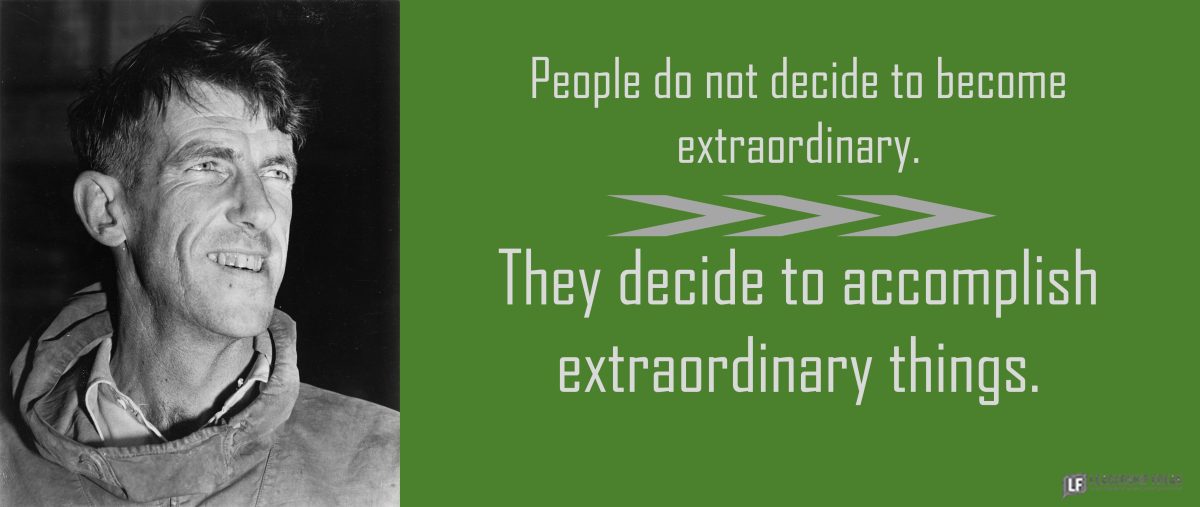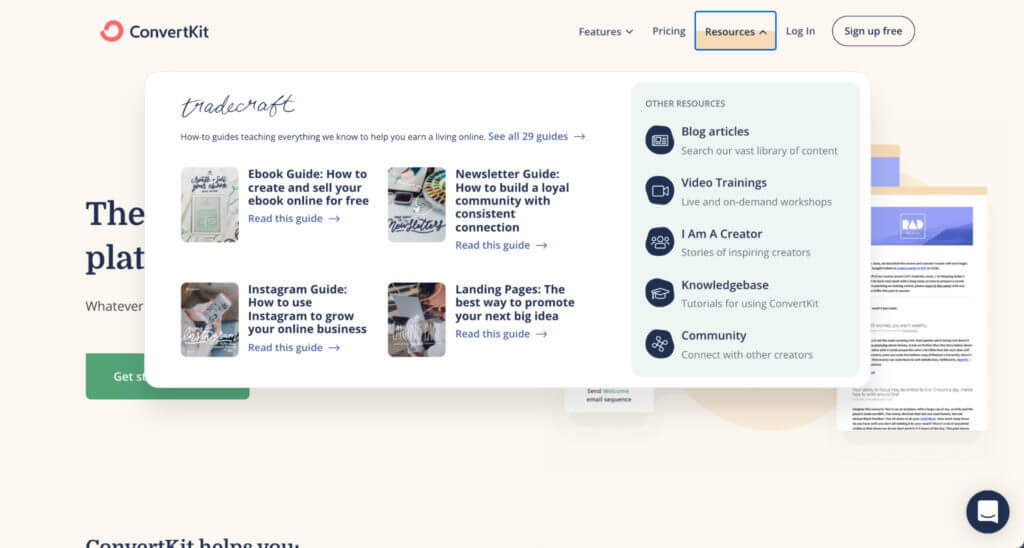A sufficient level of this vitamin could halve the risk of catching coronavirus and protect COVID-19 patients from the worst of the disease.
Vitamin D supplementation reduces the risk of COVID-19 infection and the severity of the disease, if it is caught, research finds.
Professor Michael Holick, study co-author, said:
“Because vitamin D deficiency and insufficiency is so widespread in children and adults in the United States and worldwide, especially in the winter months, it is prudent for everyone to take a vitamin D supplement to reduce risk of being infected and having complications from COVID-19.”
A blood level of 30 nanogram per millilitre of vitamin D has been shown to protect patients with COVID-19 against complications and death, as well as reducing the risk of getting ill by a large amount.
According to a study, COVID-19 patients with adequate levels of 25-hydroxyvitamin D are less likely to have severe clinical problems from the illness.
These outcomes include hypoxia — poor oxygen supply to the body — being unconscious, and death.
25-hydroxyvitamin D is produced in the liver and it is a major form of vitamin D3 and vitamin D2.
Also, patients with a sufficient amount of vitamin D have higher levels of lymphocytes, a type of white blood cell which fights infection, and their blood shows a lower level of C-reactive protein, an inflammatory indicator.
Professor Holick said:
“This study provides direct evidence that vitamin D sufficiency can reduce the complications, including the cytokine storm (release of too many proteins into the blood too quickly) and ultimately death from COVID-19.”
The study examined 235 hospitalized coronavirus patients to see if serum 25-hydroxyvitamin D levels can change the severe clinical outcomes from the disease.
Vitamin D status, numbers of lymphocytes, and C-reactive protein were analysed from patient’s blood samples.
The patients were also checked for severity of the infection, breathing difficulties, unconsciousness and hypoxia.
The analysis showed that patients with a blood level of at least 30 ng/mL of 25-hydroxyvitamin D had a 52 percent higher chance of surviving the infection than those with lower levels of vitamin D.
Professor Holick, in a recent study, revealed that an adequate amount of vitamin D can lower the odds of becoming infected with COVID-19 by 54 percent.
Vitamin D sufficiency helps to overcome the coronavirus disease and other types of upper respiratory infections such as influenza.
Professor Holick pointed out:
“There is great concern that the combination of an influenza infection and a coronal viral infection could substantially increase hospitalizations and death due to complications from these viral infections.”
Vitamin D is a cheap but effective way to boost people’s immune system against the virus and can decrease health-related issues such as needing ventilatory support and immune system overactivity resulting in cytokine storm.
The study was published in the journal PLOS ONE (Maghbooli et al., 2020).
Keep reading here


![How is automotive digital retailing performing? – Rico Glover [VIDEO]](https://jeffcassman.biz/wp-content/uploads/2022/02/YOUTUBETHUMB_RicoAutomative-1200x675.jpg)








 {{{ data._highlightResult.post_title.value }}} {{{ data._snippetResult[‘content’].value }}} ]]> {{{ data._highlightResult.name.value }}} ]]>
{{{ data._highlightResult.post_title.value }}} {{{ data._snippetResult[‘content’].value }}} ]]> {{{ data._highlightResult.name.value }}} ]]> 







